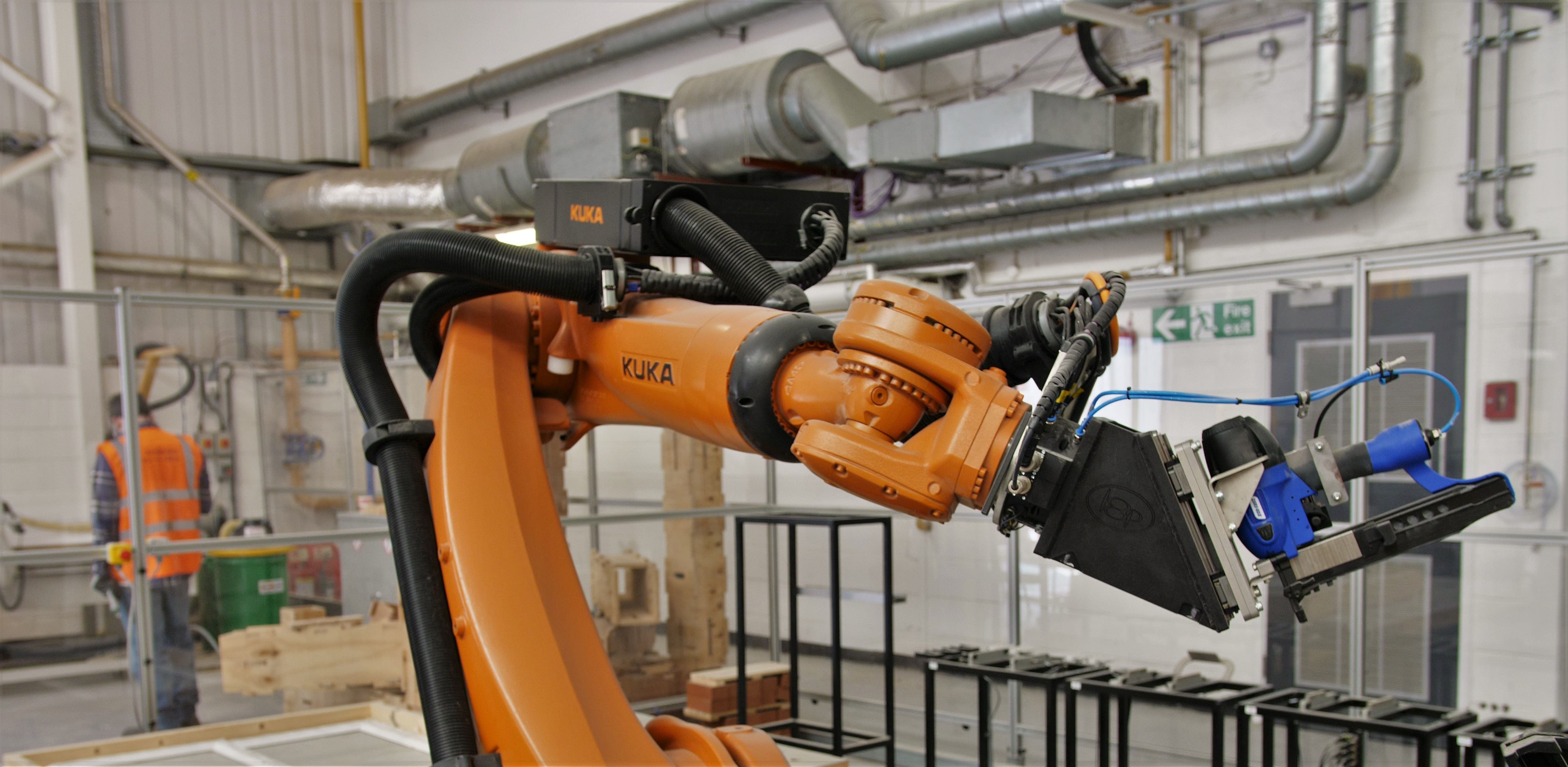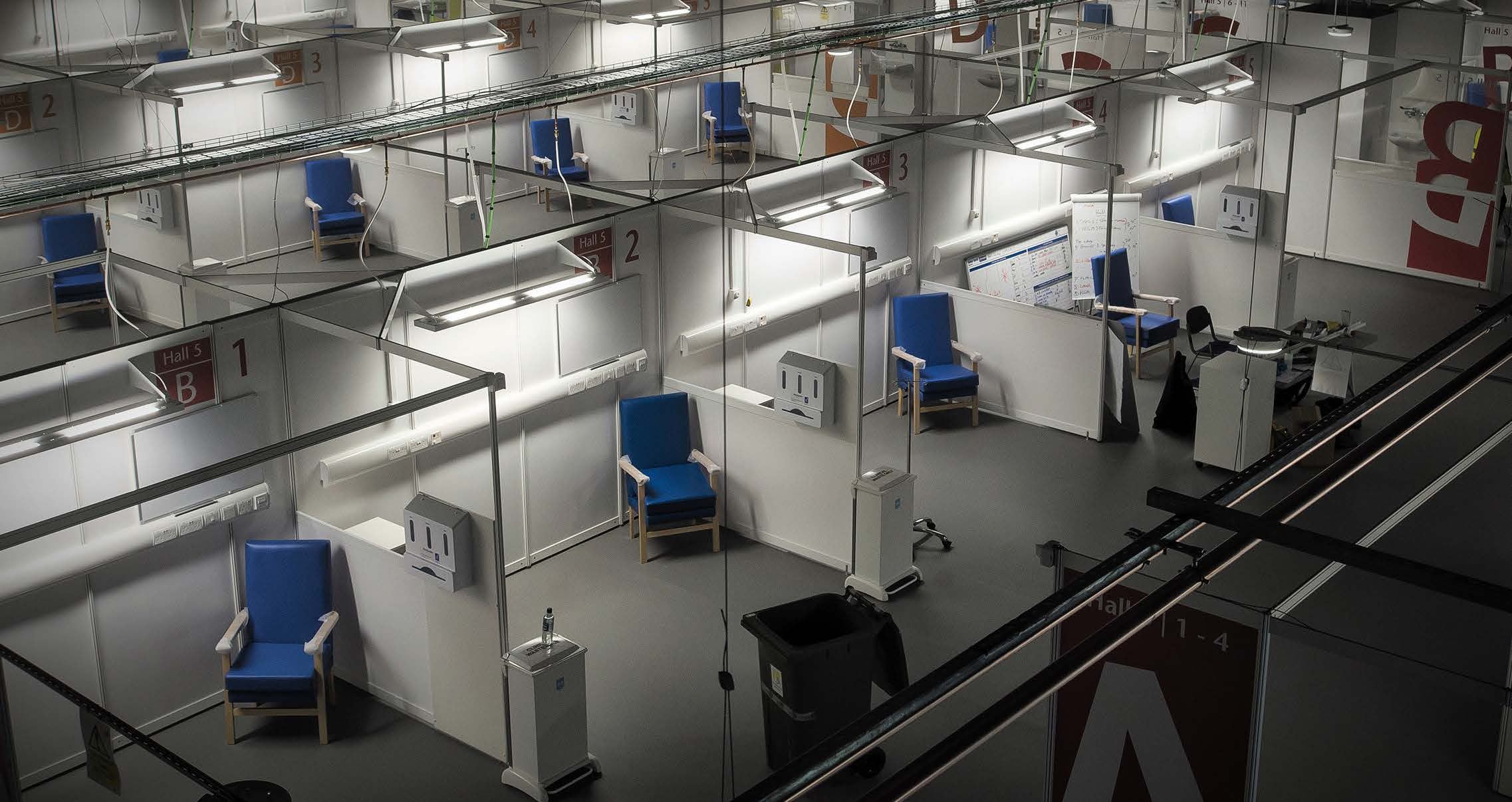Content
Robotics & CLT: Tackling the UK Housing Challenge
Housing output has fallen to its lowest since WW2
Now more than ever we are seeing increasing housing pressure on residents in the UK. Prices are increasing, buyers are being locked out of securing permanent homes, and demand outweighs supply. The construction industry must build more homes to meet this need and ease the UK housing crisis.
Modernising construction
Manufacturing has been quicker to adopt robotics and automation. Using robotics for certain parts of the construction process can streamline and increase our output.
We demonstrated this large opportunity on a smaller scale in our project alongside Glulam Solutions and Robert Gordon University, where we prototyped one of these processes for pre-fabricating and automating production. We connected these two parties together to make the project possible - from funding to management to delivery in the factory. Glulam Solutions, a manufacturer of Glulam and CLT engineered timber structures, sought to explore how a pre-fabricated CLT joint could help them build more homes.
Without the Innovation Factory, there really was no project Syd BurnieGlulam Solutions
Homes at mass scale
The project consisted of a series of prototypes built offsite by robotic fabrication, made at our Innovation Factory using our industrial robot. The joint was developed for CLT panels, the finished rendered CLT panels were robotically fabricated, and the final joint was able to be assembled in a completed house design.
Processes like this would allow buildings to be constructed at mass scale using Scottish CLT, demonstrating our ability to build low-cost, small-scale, CLT buildings entirely off site, in part using robotics.
[BE-ST] had the robotic kit, expertise and all the programming experience to deliver the project and quite simply looking around, we wouldn't have been able to find the solution anywhere else in Scotland and maybe even throughout the UK. Syd BurnieGlulam Solutions
Robotic fabrication of cross laminated timber has many benefits including zero waste, accuracy, applicability of results excellent, quality control and speed of assembly and construction.
BE-ST has an industrial scale robotic cell at its Innovation Factory. This has a number of attachments allowing for different applications.
The collaboration between ourselves, [BE-ST], and RGU allowed us to exploit the experience of each partner to the greatest potential. I believe that knowledge is a great thing but also knowing where to go to find the additional knowledge you need to deliver projects like this is just as important. Syd BurnieGlulam Solutions

Our industrial robot
Interested in what our robot can do for you?
- New use of robotics and automation in construction
- New product and digital manufacturing process that directly empowers custom-builders to build their own home, hut, annex, or house extension.
- Development of a modular system, improving speed and quality of build
- Integration of a house design prototype and robotic fabrication out of complex CLT panels manufactured off-site
- Glulam Solutions
- BE-ST
- Robert Gordon University



